How Beretta Became the Maker of the World’s Finest Firearms
The fabled Italian gun dynasty is celebrating 500 years of ballistic craftsmanship.
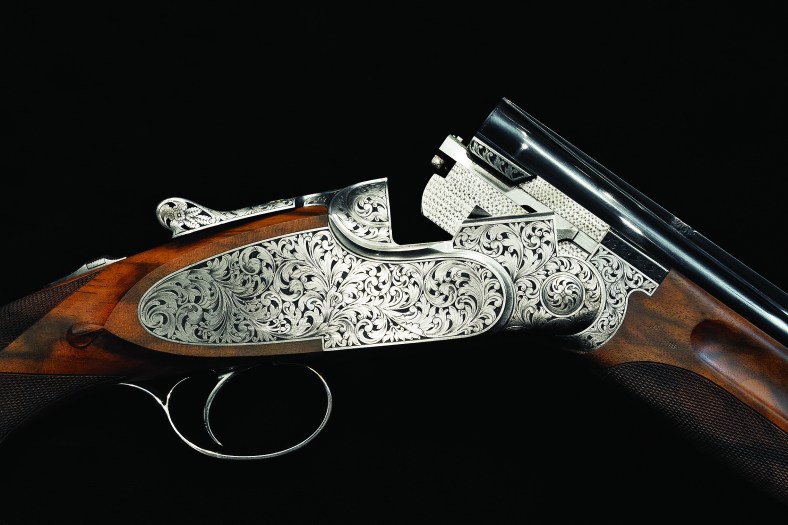
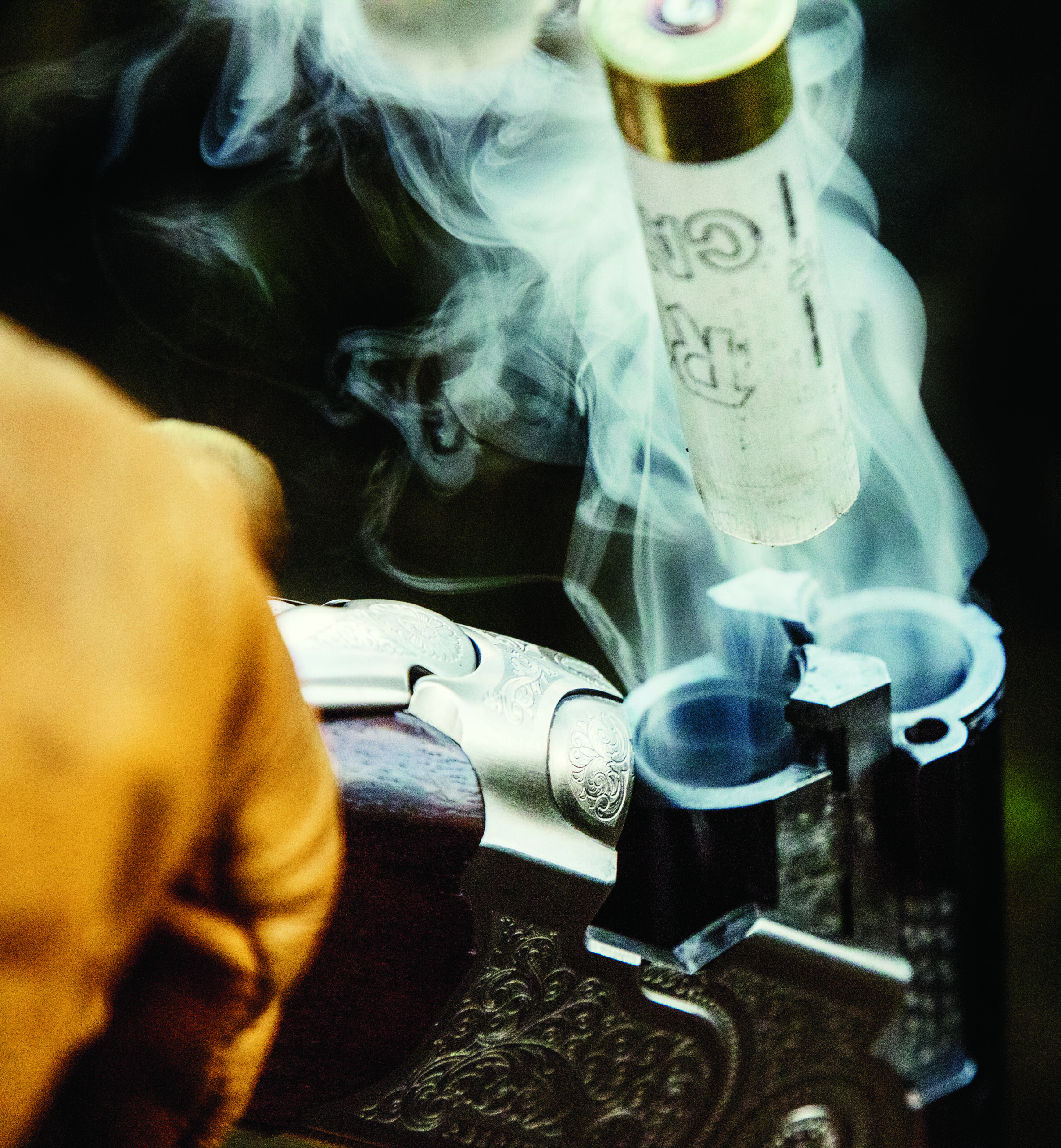
With five centuries of experience crafting guns for everyone from Napoleon and Winston Churchill to Ernest Hemingway and James Bond, the Beretta family knows more than anyone on earth about the fine art of making firearms. From sleek, black handguns to gold-inlaid, six-figure shotguns highly prized by hunters and collectors around the globe, the Beretta name carries instant prestige that speaks of skill, craftsmanship, elegant design and deadly accuracy.
Beretta is, in fact, the oldest industrial dynasty in the world, with 15 generations of family ownership dating back to the year 1500—and very likely beyond. For the family to be able to trace its lineage so far back is a testament to its immutable values, and those of the company bearing its name. Beretta’s iconic logo of encircled arrows representing the three shots a battleship fires to engage a potential enemy, with the final one hitting the mark, is recognized and revered the world over, and with just cause.
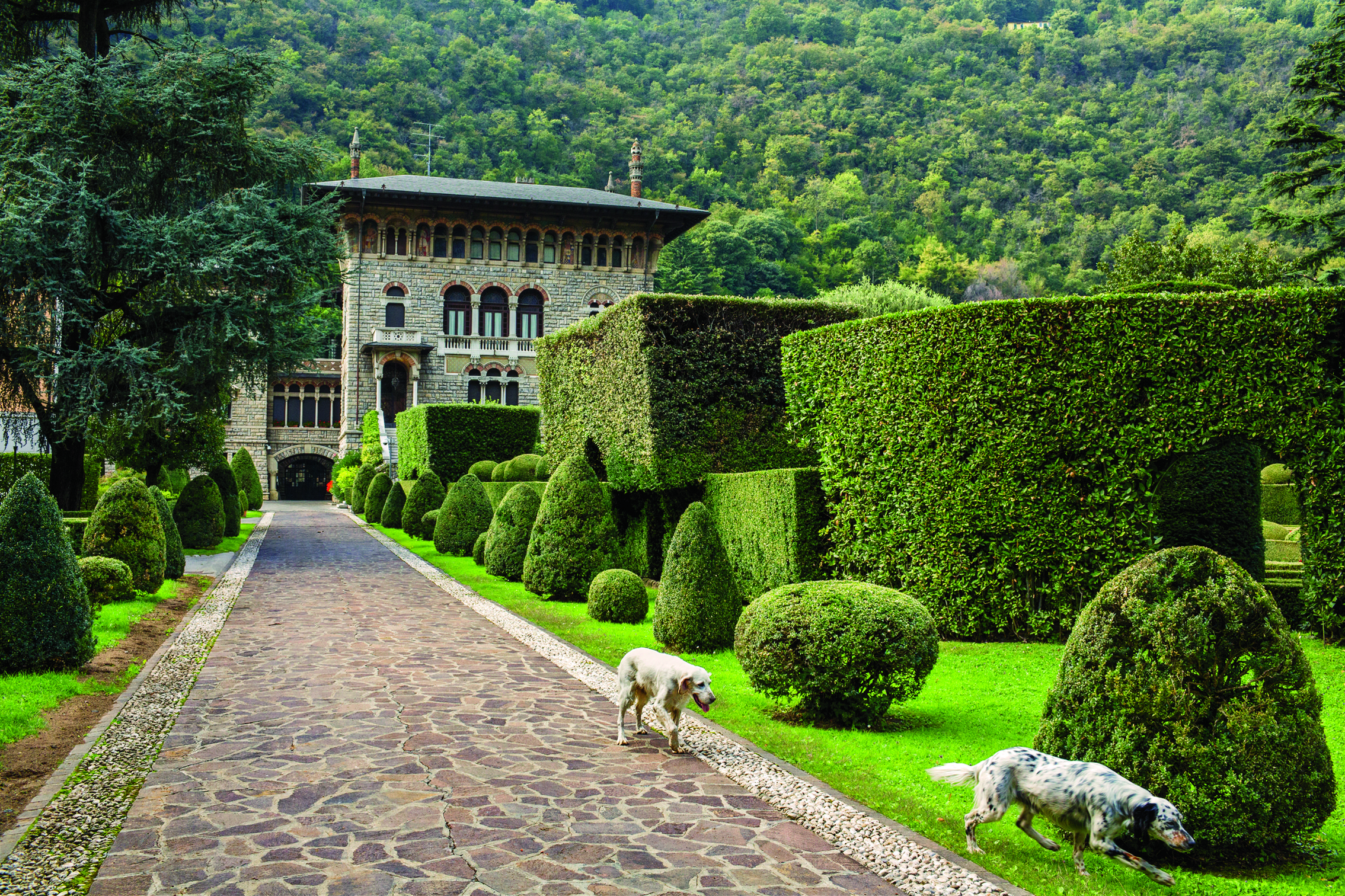
The best family-run companies take on the characteristics of their owners, and Beretta in the 21st century is the mirror of its namesakes. Pietro Gussalli Beretta, the company’s president and CEO, is a keen hunter and astute businessman who’s happiest on the trail with his guns and his dogs, tracking big game in Africa or duck hunting in the Venetian Lagoon. Part refined aesthete, with an ear for opera, an eye for art and a taste for antique furniture, part man of action who has hunted almost everywhere in the world a man can go with a gun, he took the reins of the company in 2015, passed down to him from his father, Ugo Gussalli Beretta.
Executive vice president Franco Gussalli Beretta, Pietro’s brother, is a true industrialist and the heir to a family tradition of technical innovation. He’s never been quite as ardent as his brother when it comes to shooting; instead he likes to spend time in the factories, experimenting with new methods and technologies. He’s also dared to bring in ideas from outside the world of firearms manufacturing; only Beretta would have the confidence, imagination and fabricating expertise to engage Marc Newson, the celebrated and radical designer of the Lockheed Lounge and the Apple Watch, to turn his creative mind to the update of that most classic of sporting weapons: the side-by-side shotgun.
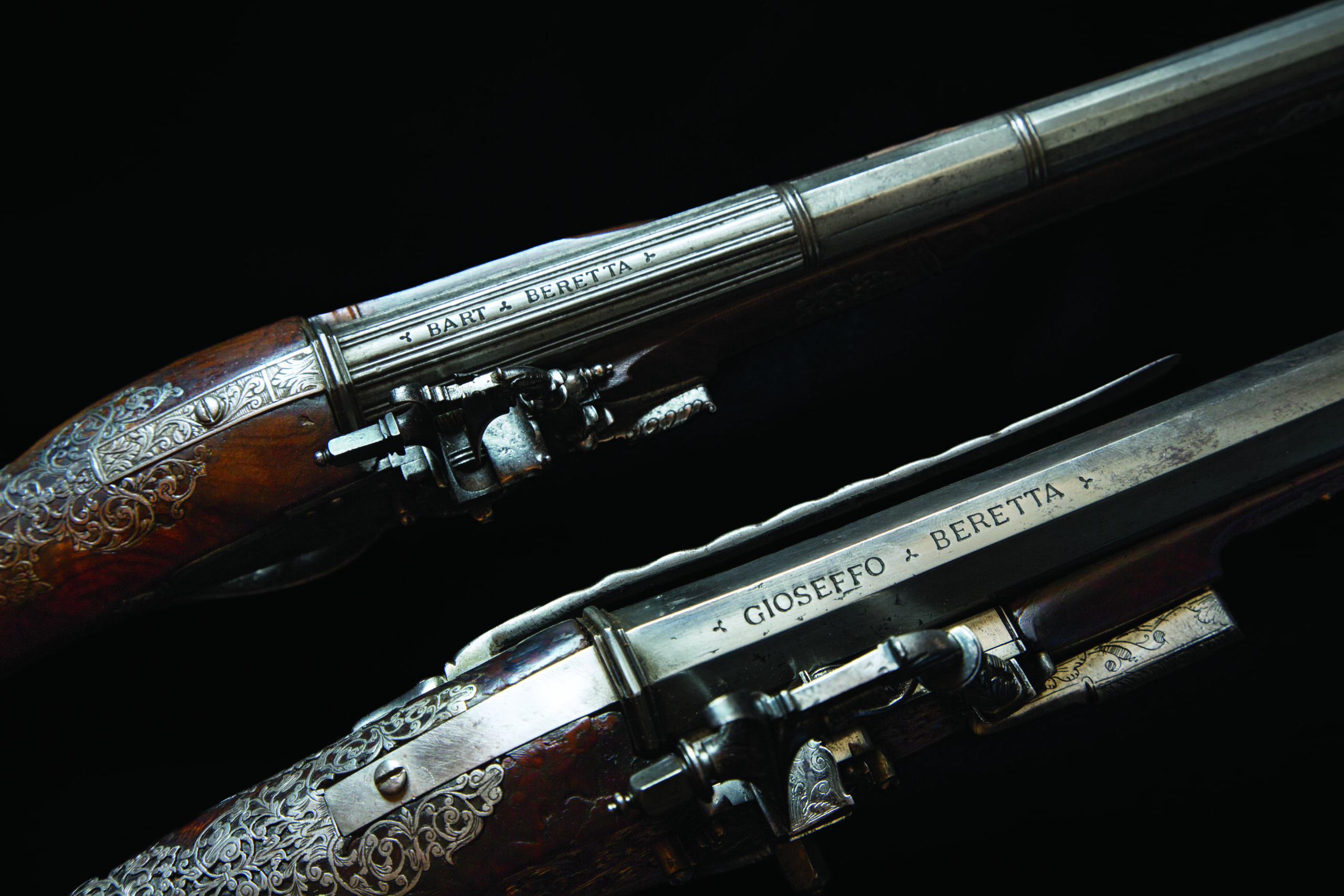
“The Beretta experience was born from five centuries of making the world’s best firearms, a synthesis of cutting-edge technology and the craftsmanship of generations of highly skilled workers,” says Ugo, the patriarch who remains one of the company’s directors, “all under one roof in the Beretta factory.” It’s also a result of the family’s deep affinity for the outdoors and its quest to fulfill the needs of the world’s hunters and sportsmen.
Beretta’s legacy shines not only in the factory in Gardone Val Trompia, in the province of Brescia, but in the fine old Beretta family mansion next door—its archives and museum packed with firearms dating back half a millennium—and in the engraving studios, where the air is filled with the music of hammers kissing metal, as craftsmen fill the side plates of shotgun actions with intricately imagined and delicately realized game scenes.
But while the company respects its heritage, it wears it lightly. In 1526, Master Bartolomeo Beretta, a craftsman from Gardone, received 296 ducats for supplying the Venetian Arsenal with 185 gun barrels. It’s the first known transaction recording the Beretta family as makers of arms, a trade they’ve practiced in the same place ever since. By the 1540s, tens of thousands of arquebuses were being exported from Brescia, whether to freelance warlords or to anointed kings, including England’s Henry VIII, who was a regular customer, ordering thousands of weapons at a time.
The introduction of the flintlock in the 17th century was a major technological step toward codifying the modern sport of hunting with long-barreled guns. It was, to use modern business jargon, a growth market—and one the Beretta family was quick to exploit. Military weapons were still their primary product, however; during Napoleon Bonaparte’s reign, Brescia produced over 30,000 muskets a year for the emperor’s well-equipped armies, an order that dried up after the Battle of Waterloo in 1815.
During the 1850s, the Fabbrica d’Armi Pietro Beretta, as it was then known, produced between 250 and 350 sporting guns annually. Three decades later, at the beginning of the 1880s, production had increased to between 7,000 and 8,000. But military ordnance would once again come to the fore at the outbreak of the first World War. And on June 29, 1915, Beretta was awarded a history-making patent called Innovations for Automatic Pistols that would have far-reaching consequences for the firm.
By the time World War II ended, Beretta was no longer just an Italian exporter of firearms. It was a multinational manufacturer, establishing itself as an actor on the industry’s international stage a generation or two before many other Italian manufacturers opened overseas subsidiaries. Its influence at the time can be seen in Ian Fleming’s first novel, Casino Royale, when a character called James Bond announces the Beretta as his weapon of choice. The discreet, dependable pistol would remain 007’s key accessory for many years.
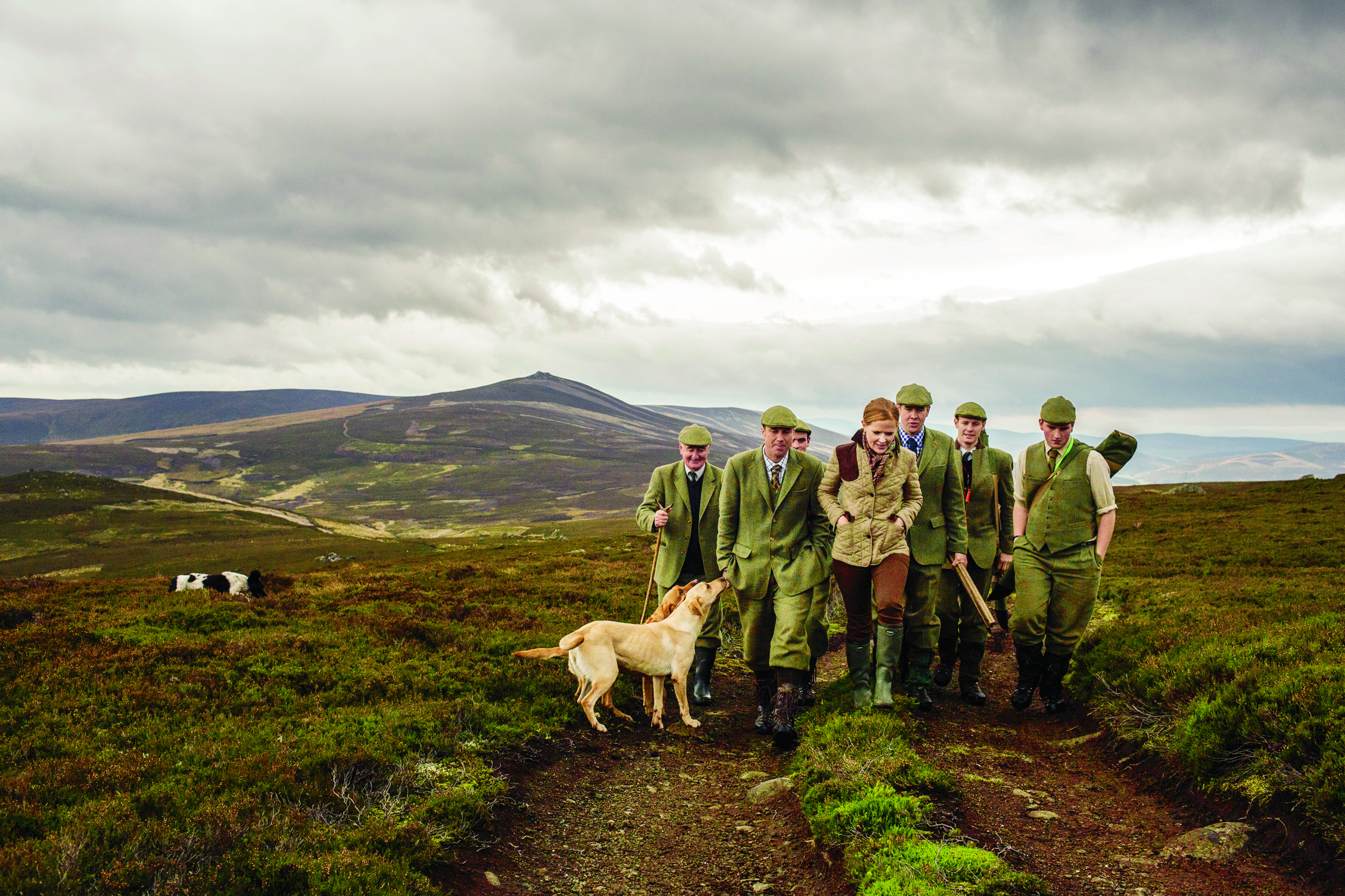
During the 1950s, Beretta also began its involvement with competition shooting on the Olympic and international level, the success of which helped fuel its sporting business, and in 1980 Beretta USA was established to meet the growing needs of the American market.
Today Beretta is the product of its past rather than a prisoner of it. It is no cottage industry making a few dozen high-priced shotguns, but rather a proper industrial concern that has kept pace with modern manufacturing developments: a state-of-the-art factory that employs the latest machinery, CAD (Computer Aided Design) systems and multiaxis milling machines, all working according to “lean” manufacturing concepts.
This is Beretta in the new millennium, its fully equipped facility geared toward mastering every aspect of firearms production. Inside, you’ll find a marriage of technology and handwork, where seven massive cold-forging machines, each with its own quartet of tireless hammers, smash steel tubes with a force of 100 tons, 1,600 times a minute—tubes fashioned from the company’s own proprietary steel. Yet the vast landscape of gleaming machinery is broken up by green oases of trees and plants, a reminder that even now, this is a family business with deep roots in the Italian countryside.
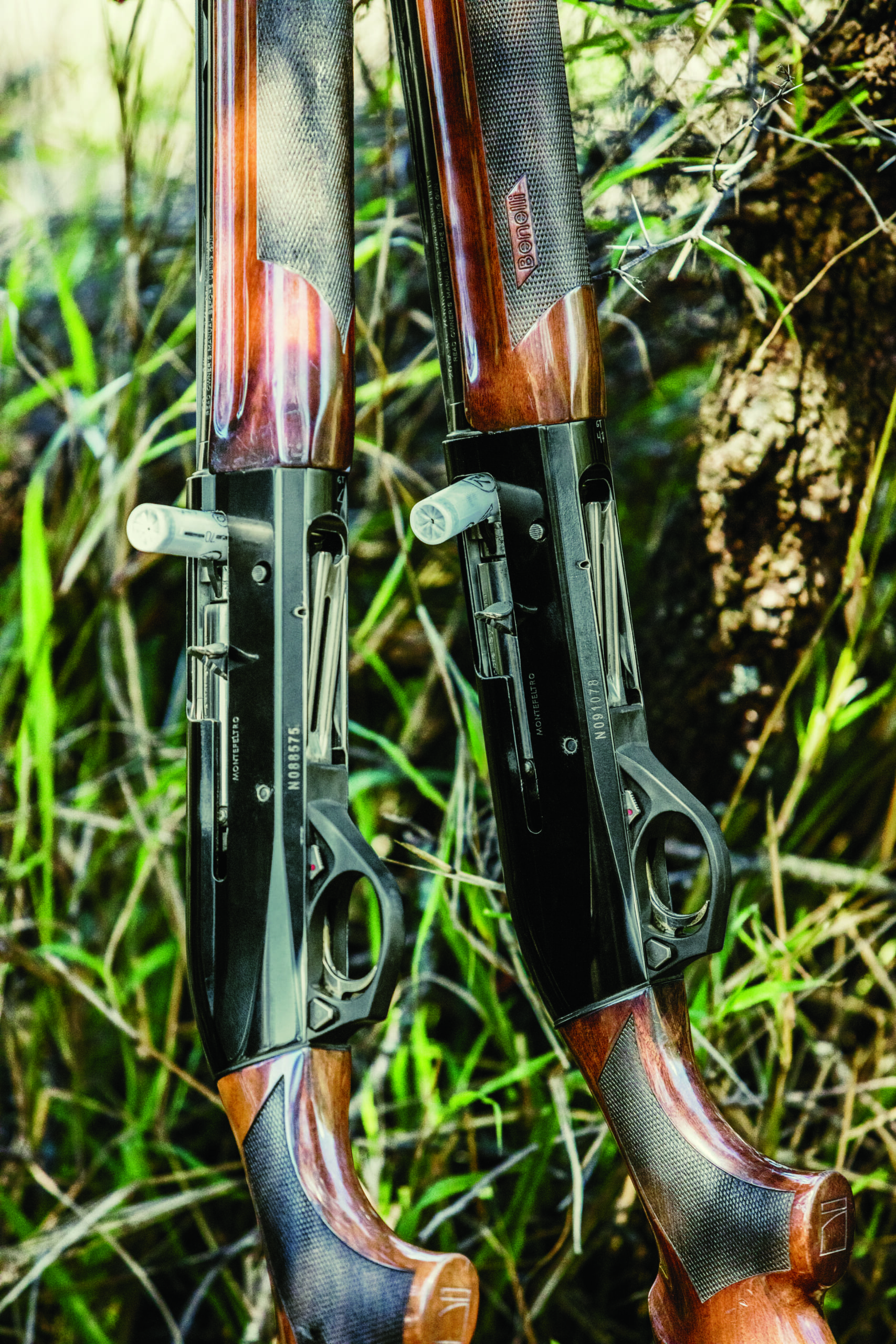
At heart, Beretta’s purpose has always been to enhance one’s experience
of the outdoors. Whether providing precisely manufactured, high-quality
firearms to Olympic trap and skeet competitors, reliable, accurate and safe sidearms to military customers throughout the world or finely engraved shotguns that double as works of art, Beretta achieves levels of craftsmanship and design that far exceed mere customer satisfaction.
“For many, a firearm is a powerful link to the outdoors,” says Ugo. “A Beretta firearm, with its deep connection to the rural life of Italy, perfectly captures the hunter’s enjoyment of the field.” These days, Beretta also designs and produces some of the highest quality outdoor gear in the world, as well as practical and elegant accessories, from clothing and luggage to knives and flasks.
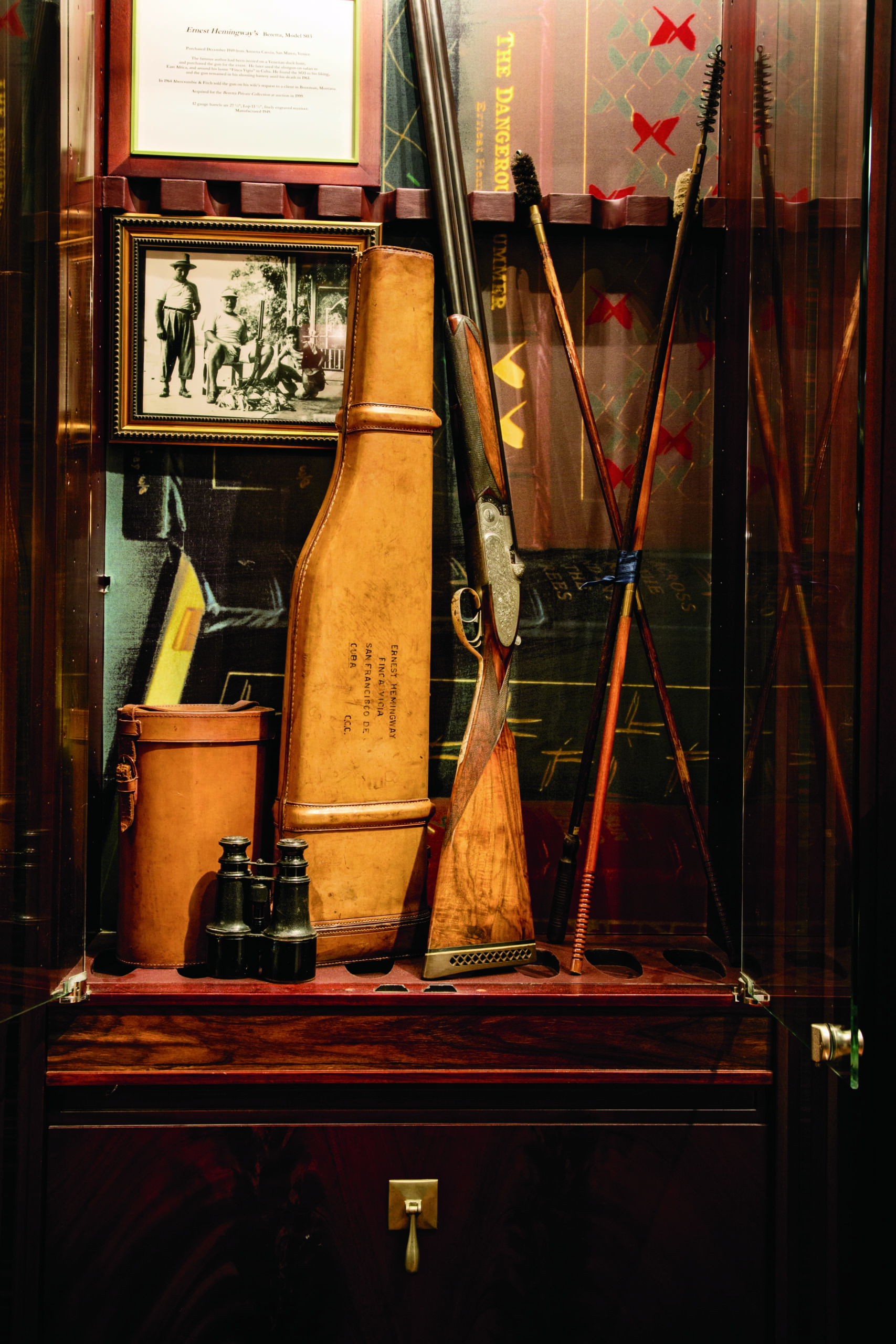
In 1995, it opened its flagship Beretta Gallery on New York City’s Madison Avenue, solidifying its reputation as a true outdoor luxury lifestyle brand with a complete array of products for the sportsman and enthusiast. More recently, it launched the Beretta Trident Program, a world-class collection of hunting, shooting and outdoor experiences that encompass some of the finest hunting lodges and safari camps on earth, from Argentina and Oregon to Scotland and Tanzania, where Beretta’s field pieces can be put to optimal use.
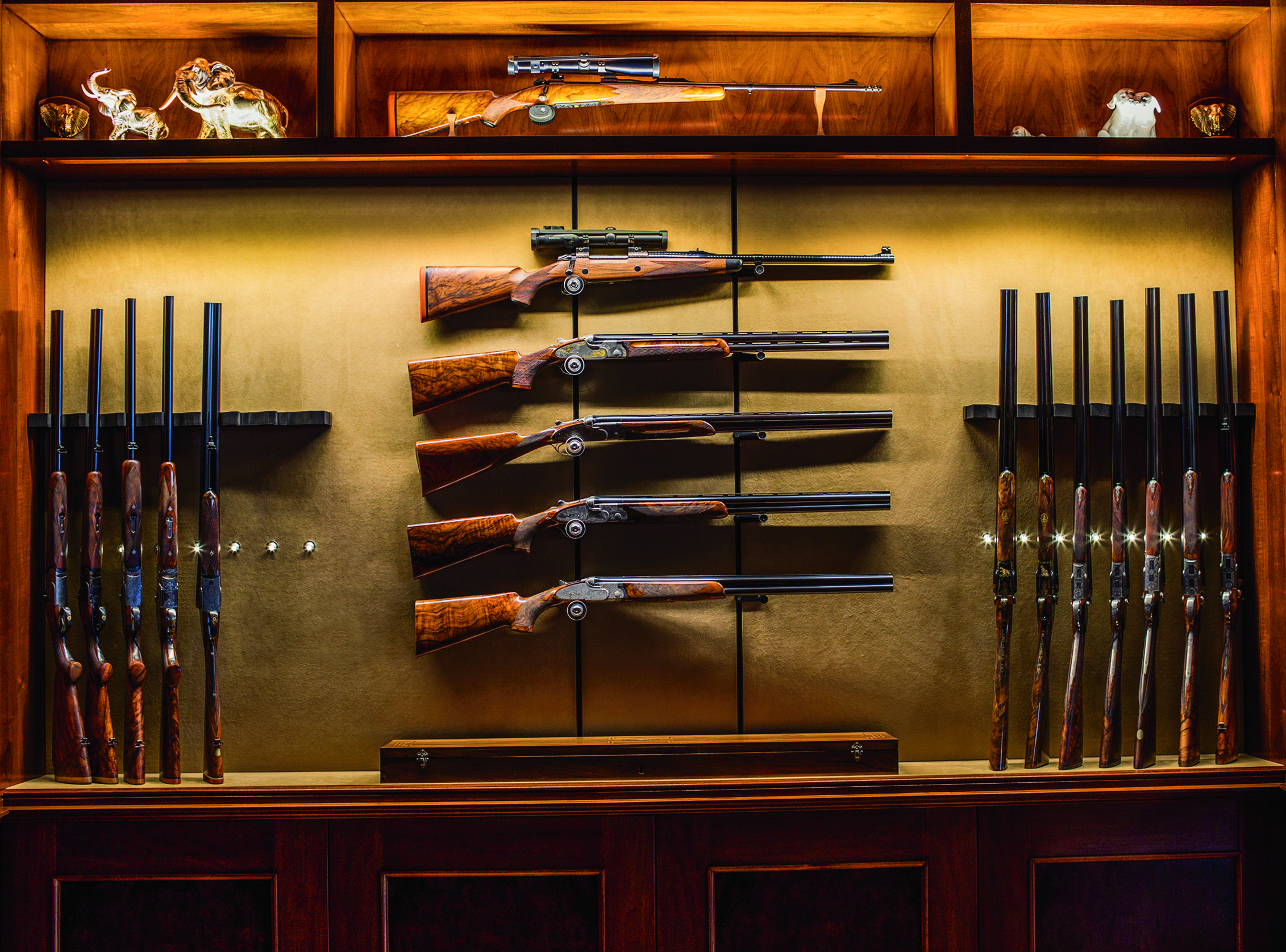
While there are many deservedly respected Italian fashion and design firms, there is only one company that brings the imagination and quality of Italian craftsmanship to outdoor living, honoring the hunting tradition with exquisite shotguns, clothing and accessories matched to the needs of sportsmen—all while embodying inimitable Italian style. As Ugo Gussalli Beretta puts it, “If hunting equipment, be it a gun or leather cartridge bag, bears the Beretta name, it must, by definition, be the very best.”
Adapted from Beretta: 500 Years of the World’s Finest Sporting Life by Nicholas Foulkes, published by Rizzoli.
These items first appeared in Maxim’s October 2016 issue. Subscribe here.
